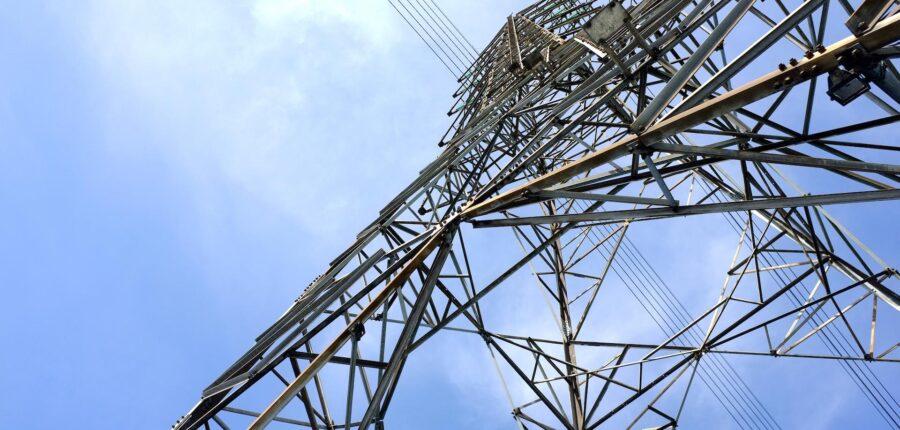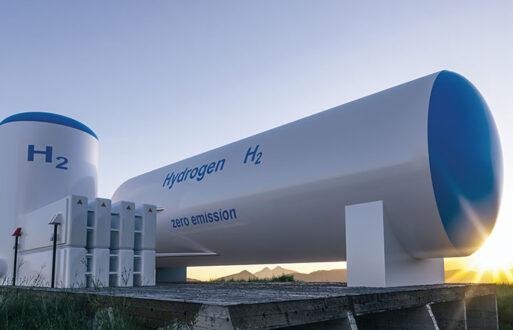Whether you’re new to the energy industry and learning the ropes or just want to reacquaint yourself with the basics, this blog post will walk you through what ETRM software is meant to do. It will also walk you through how to distinguish an effective, enterprise-enabling system compared to one with an unacceptable ROI that can even hinder achieving your organizational goals. Having a fundamental understanding of the ETRM definition and these key differences can help you feel much more confident in deciding which ETRM system is right for your team and its unique needs.
What does ETRM stand for?
ETRM stands for Energy Trading and Risk Management. An ETRM system helps you assess risk and make critical energy trading decisions on a daily and intra-day basis. It’s especially important as energy professionals face never-ending changes to an industry landscape that magnifies the complexity and importance of these decisions.
But, there’s a lot more to an ETRM system than the name implies, notes Marc Siemer, enterprise solutions director at PCI.
“At its core, an ETRM platform really represents a holistic window into overall company operations while also serving to manage and feed transactional information into the general ledger,” Siemer said.
What is an ETRM system?
In a sound bite, ETRM software helps manage and solve the mission-critical supply and demand equation. ETRM system users span the front-, middle-, and back-office functions of the energy supply enterprise. Many sectors of the industry intensely use ETRM tools, including investor-owned, cooperative, and public power utilities, as well as energy marketers and traders, independent power producers, and federal power marketing administrations.
Three primary components make up an ETRM system, the first being its energy trading functionality, the second involves risk management, and the third involves the back office. The overall software platform offers convenience and saves time by providing users with analytical data necessary for decision-making and workflow management in all areas.
“There are a lot of decisions being made along the way in order to put hedges on, in order to know ‘Am I going to trade index? Am I even going to buy, or should I only be selling?’” said Jennifer Fairweather, product owner and principal consultant at PCI. “A good ETRM tool helps you go through that decision-making process and to know if your portfolio is within your company’s defined limits and market exposures.”
When buying or selling a commodity with a counterparty, you expose yourself to risk because you subsequently become associated with that counterparty’s credit, as well as their relative reliability in following through on their contractual obligations.
Further, a capable ETRM system will tightly integrate with transport service providers. For instance, if the commodity is natural gas, an ETRM system should seamlessly integrate with different gas pipelines. If it’s power, then the system must integrate with all the requisite workflows necessary to schedule and deliver power through an e-tag. Any best-of-breed ETRM system worth the significant cost necessary to deploy it will be able to quickly and efficiently automate and deliver the functionality required to manage your fuel and asset portfolio to efficiently trade, schedule, and deliver energy.
What makes a great ETRM platform?
Let’s say you’re examining the pros and cons of several ETRM software packages. Intuitively, you know they aren’t all created equal, but how exactly do you determine what sets one apart from the rest of the competitive pack?
It comes down to two key elements, says Vinay Singh, product owner at PCI. Find the difference between ETRM systems by comparing the system’s optionality and flexibility. Consider everything you need your ETRM system to do. Which one ticks the most boxes? The system’s options must align with your business requirements as fully as possible.
If you evaluate that a particular system doesn’t offer a crucial, must-have feature (or set of features) necessary to solve key business or market challenges, then work with the system’s vendor to confirm their product can be configured to meet your team’s needs. If not, or if the vendor can provide part of the needed functionality, you’ll have to judge whether you’re being pigeonholed into doing key tasks in a way that may get you to the desired outcome but in a less intuitive or convenient workflow.
Singh goes on to clarify that a bad ETRM system is difficult to upgrade and scale and cannot easily adapt to a burgeoning and quickly evolving energy landscape. Conversely, he notes that a good ETRM tool should stand out across a variety of metrics, including:
- Acting as a single source of truth for all multi-commodity trading activities
- The ability to deploy on-site or as a true cloud-native solution
- Offering full transparency and a real-time, holistic view into all-enterprise operations
- Immediate communications across all business functions
- Physical and financial transaction support (power and fuels)
- Flexible platform architecture to facilitate scalability and customization
- Rapid identification of hidden market (deal) opportunities
- Hedging strategy optimization
- Automation of emissions tracking and management
- Robust analytics and reporting at every level
- Rich functionality and interface design for an elevated user experience
- Full integration with any third-party or in-house developed applications
“Your ETRM product should make a measurable, positive impact with all the functions it’s designed for,” Singh says. “The platform should help with all the customizations that every type of client might need because no two are exactly alike. Every business entity will be distinct, so it’s critical that the ETRM tool you choose flex to meet the day-to-day, year-over-year needs of your business.”
And finally, don’t forget that a good ETRM system has the option of being fully deployable via the cloud to help offload increasingly stretched IT resources.
Explore PCI’s ETRM solutions
Enhance your understanding of ETRM systems with a high-level overview of PCI’s advanced platform. Watch our five-minute video tour to discover the full capabilities of our power and fuels ETRM solution.







